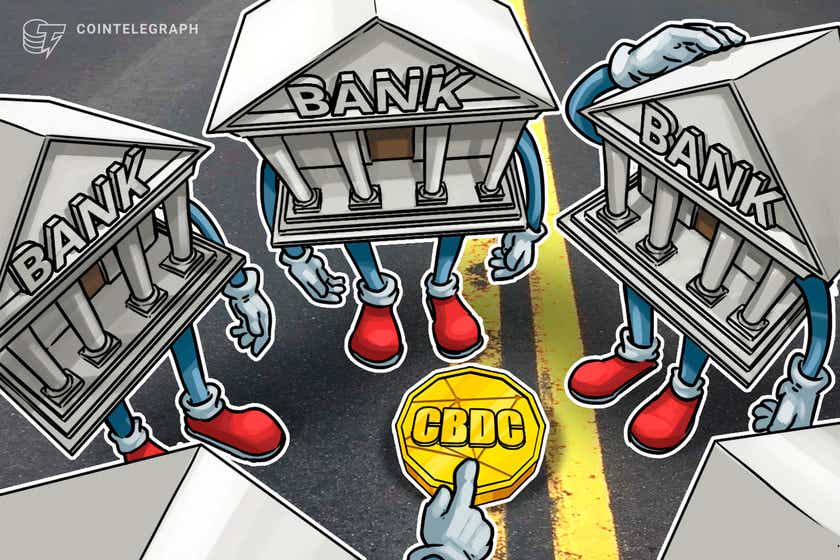One of the hottest topics in cryptocurrency right now is the potential ability for distributed ledger technology to transform the borrow and lending activities in traditional banking. This helps banks solve two major issues: application of legal actions and liquidity.
But “on-chain” technology could solve another essential, but less recognized, problem: credit. In theory all the information is right in front of you on the blockchain, but the utopian world and the real world are two different things.
There remain some significant pain points that are holding back “on-chain” borrowing and lending from really taking off and entering the mainstream. I see the following three as the most critical:
- Maturity of Technology — For lenders and borrowers, security and credit are the top considerations. But since blockchain technology has not yet garnered complete trust with the average investor or traditional banks, people are often left questioning “How safe are these smart contracts?” and “Who audits them to ensure they are accurate and remain unchanged?”
- Lending and Borrowing Operations — As a process, lending and borrowing is paperwork-intensive. A lot of credit checks are required, and this is before any of the KYC / AML work is conducted to ensure money is coming through legal channels. Right now, we only have a partial solution comprised of on-chain lending coupled with third-party KYC processes that slow down and complicate the process. We need a full and trusted on-chain solution.
- Trading and Settlement — The question many are facing in the crypto market is, “How fast can you settle trades?” Currently, most systems can manage a margin in 25 minutes, which is a lot of time in the crypto world where prices can move dramatically in a short period of time. It’s this lag time that causes concern, especially because collateral levels can be so high. Only when the market is liquid enough can this issue be resolved.
So what’s necessary to get past these issues?
With these being three major impediments to mass adoption of on-chain lending, the question then becomes how to get past them. When it comes to the maturity of technology and the safety of contracts, lenders need to be certain information will be safeguarded and clear from any hacking risks that could compromise them and the finances of their enterprise. For the operational side of lending and borrowing including the KYC / AML process, technology solutions are certainly helping to streamline matters. For example, forms that pre-populate with publicly-available information would save significant time and money for everyone involved. While these are all certainly very important, of the three hurdles to on-chain lending adoption, I look to trading and settlement as the greatest challenge to address.
To create a truly viable on-chain lending environment, there needs to be a trusted liquidity provider to help the lender manage margins and decrease exposure to market risk. With better liquidity (an issue that’s certainly nothing new to crypto trading in general), the margin management process will be much more intensive, helping to increase margins and incentivize people and institutions to borrow and lend. And this all helps investors’ confidence in the solution.
The future for on-chain lending…
In time, on-chain lending will absolutely go mainstream. This is likely to happen in the next couple years and as we start to see the value of this adoption, there will be a significant inflection point. Enhanced products and technologies as well as operational efficiencies, aided by an improved regulatory landscape, should likely mean a bright future is ahead for on-chain lending.
There will no doubt be bumps in the road. But the same could be said of any major technology advancement. Back in the initial “dot-com boom,” major players like eBay or Amazon might have outages driven by demand. Yet those days were not preliminary indications of failure, but rather high demand for a valuable service. In these situations, the company or the industry as a whole learns, makes improvements and creates a better overall experience. The same will likely be true in on-chain lending. It won’t be necessarily a linear progression, but the overall trendline points in a positive direction. And this progress will benefit everyone involved.
About Ricky Li
Ricky Li is the Co-Founder of Altonomy, a cryptocurrency trading, advisory and asset management firm. Now based in New York, he is a veteran trader in the emerging cryptocurrency market and traditional commodities markets. Li has experience in commodities quantitative trading, and research and advisory in investment banks, energy firms and management consulting firms, including CME Group, where he managed the energy derivative product and published various articles and insights about market fundamentals. Prior to Altonomy, Li held a senior trading position at a top Asian crypto hedge fund. Li is a current Advisory Board Member for WePower and holds a CFA Charter and Ph.D in Computer Science from Rensselaer Polytechnic Institute and a Bachelor’s degree in Computer Software Engineering from Sichuan University.









